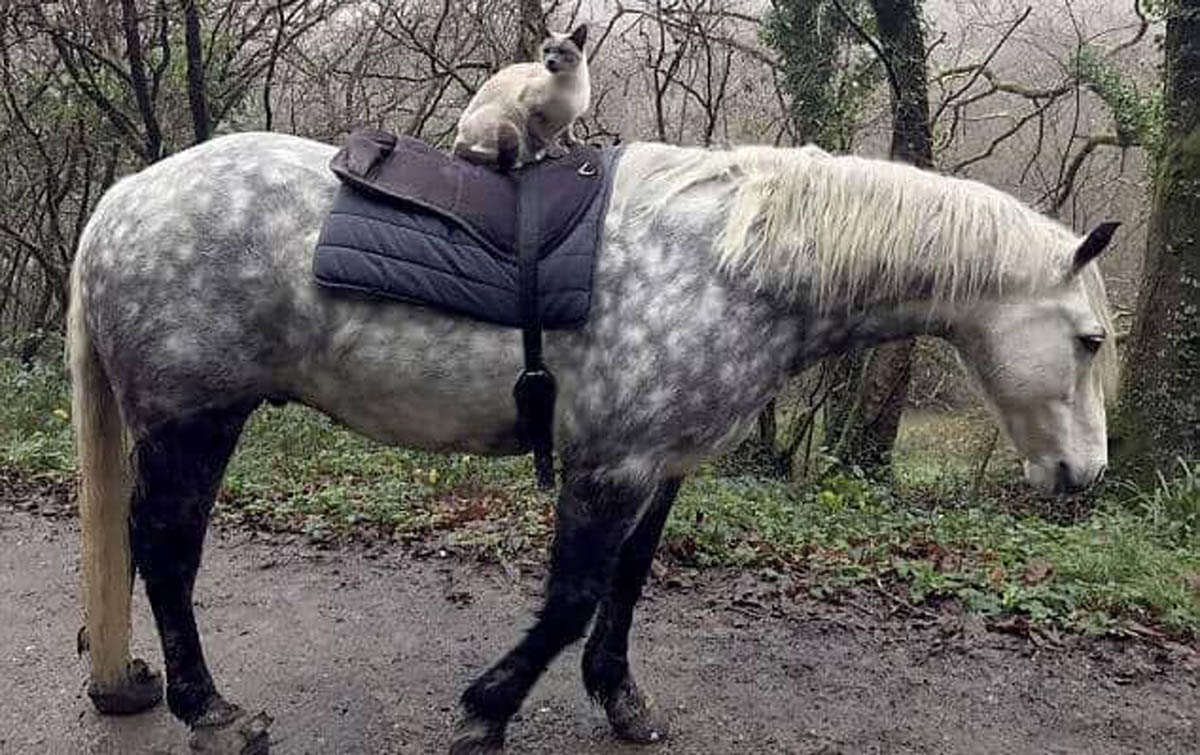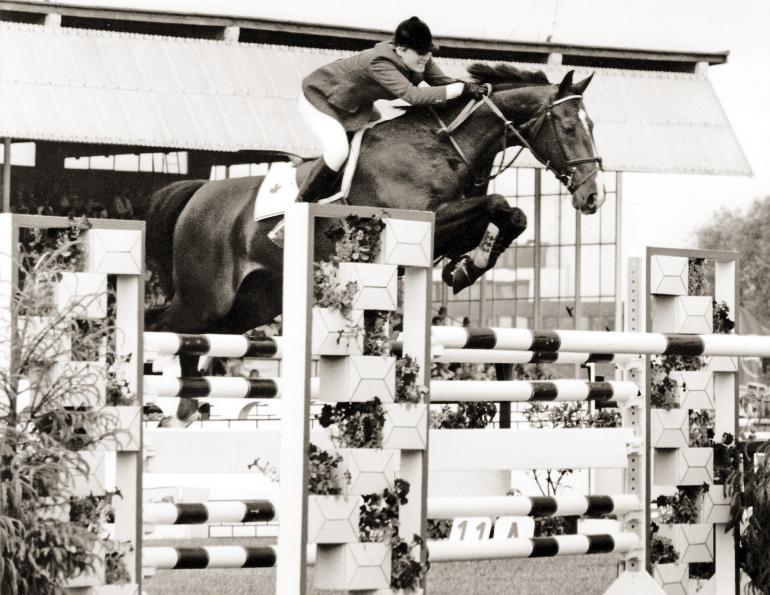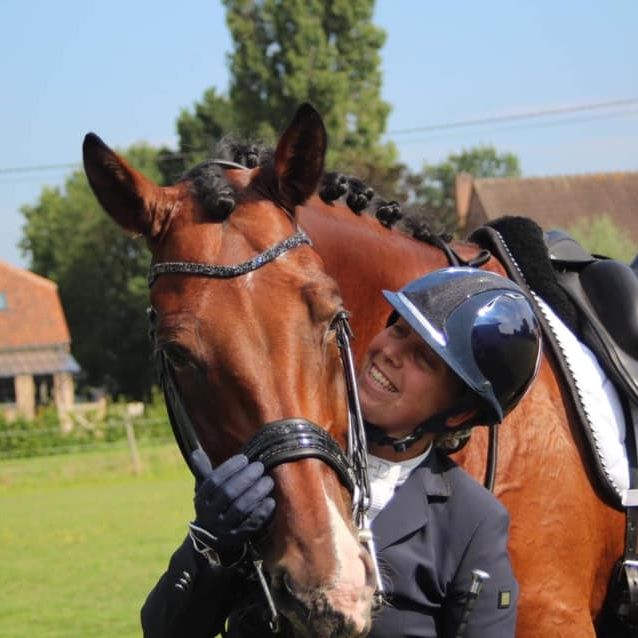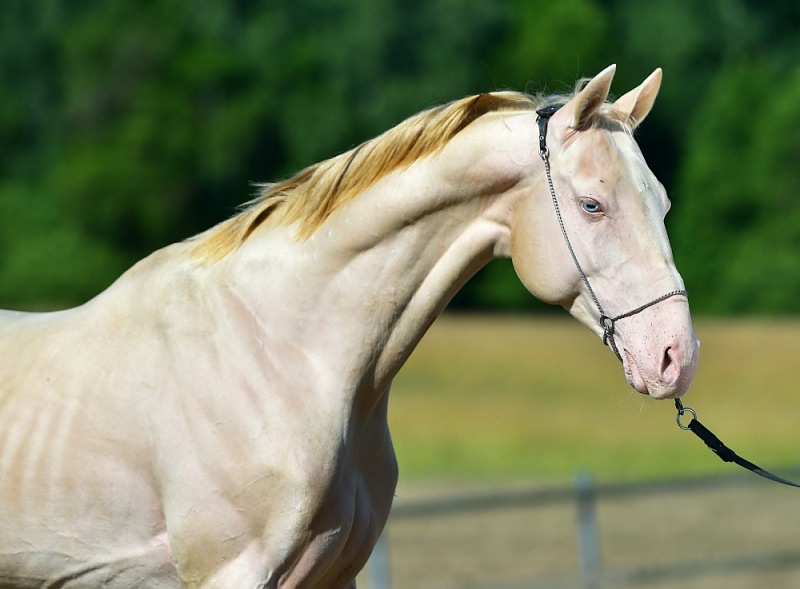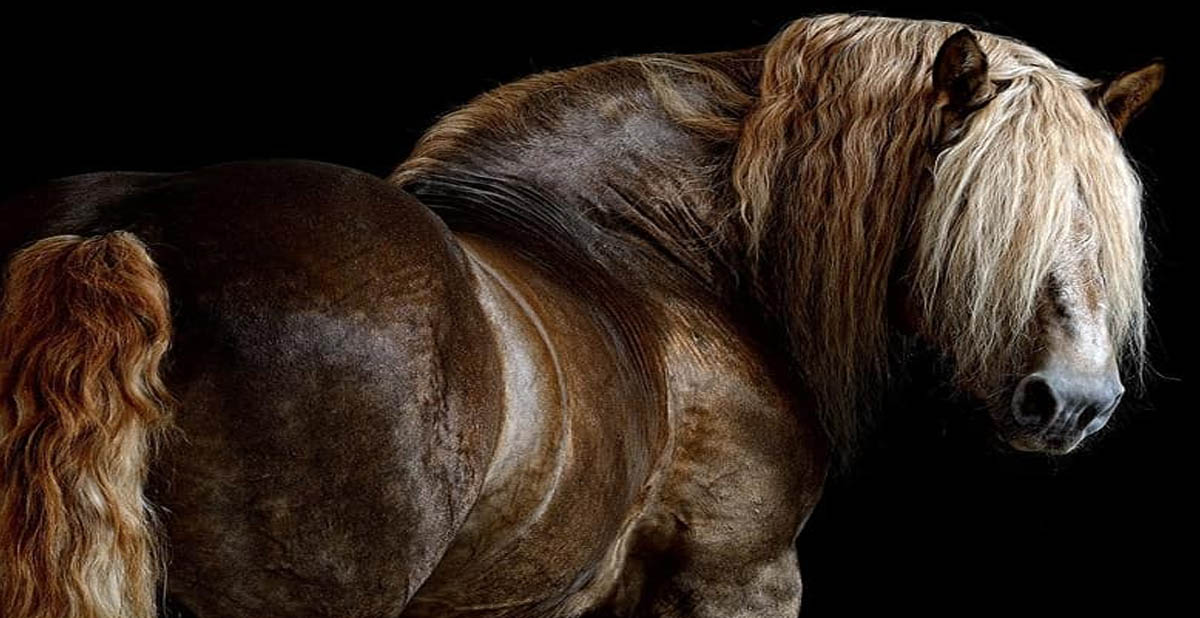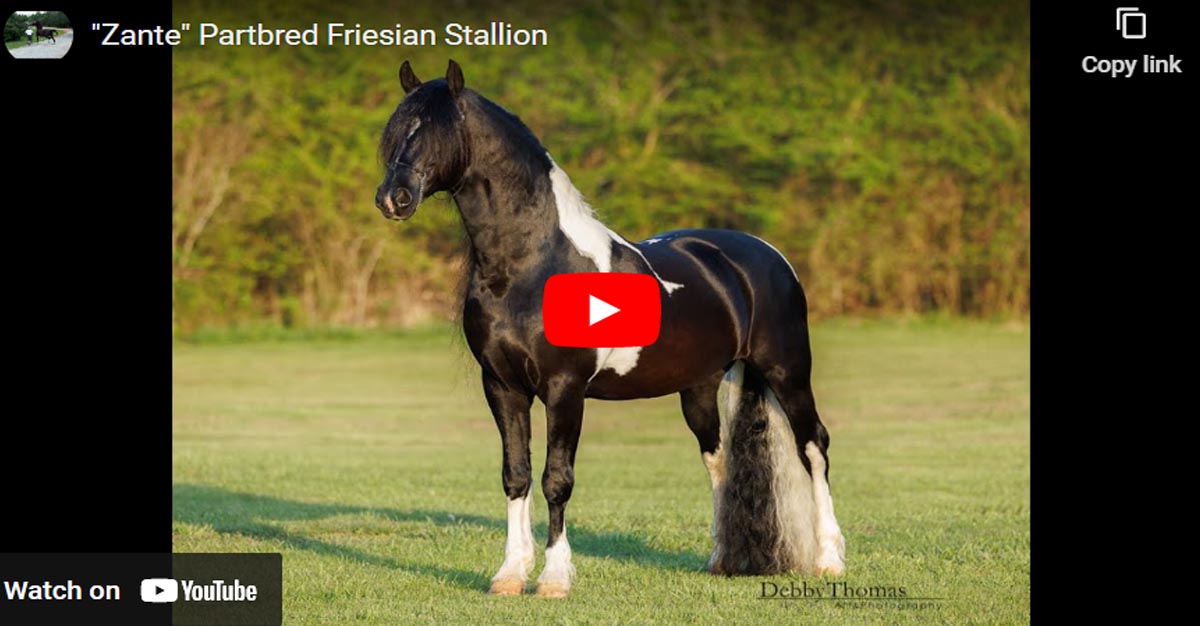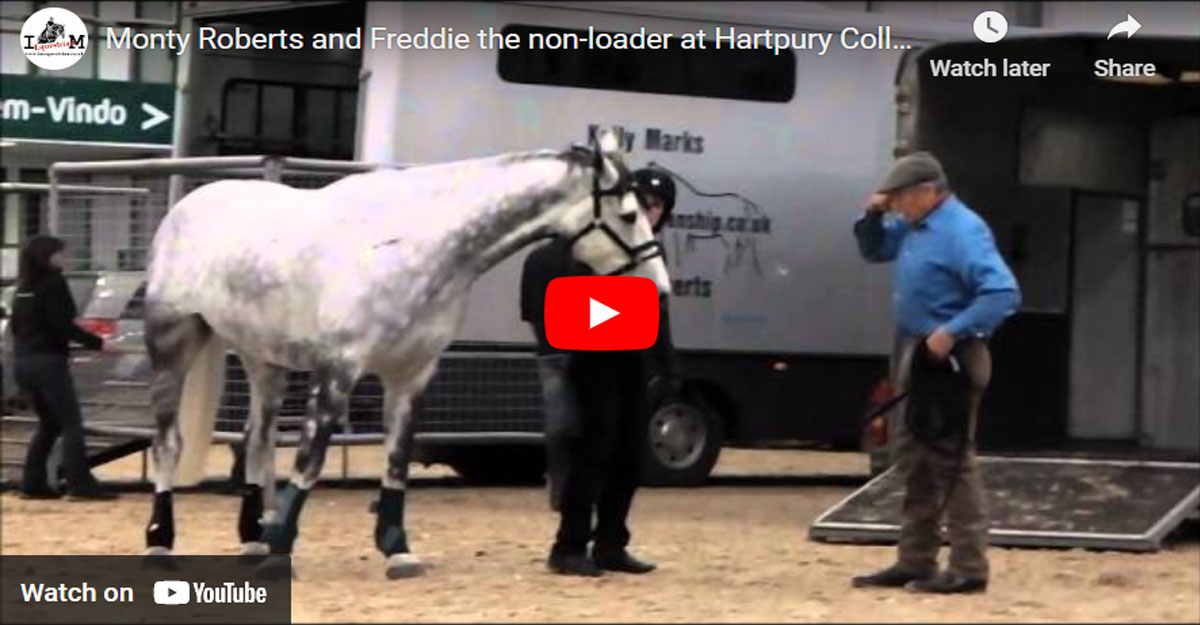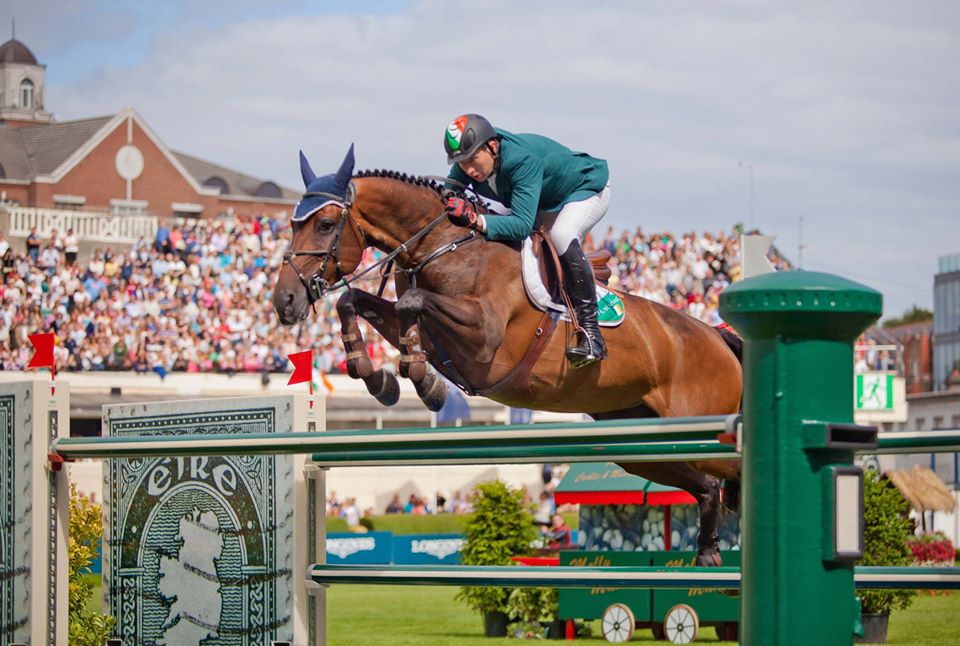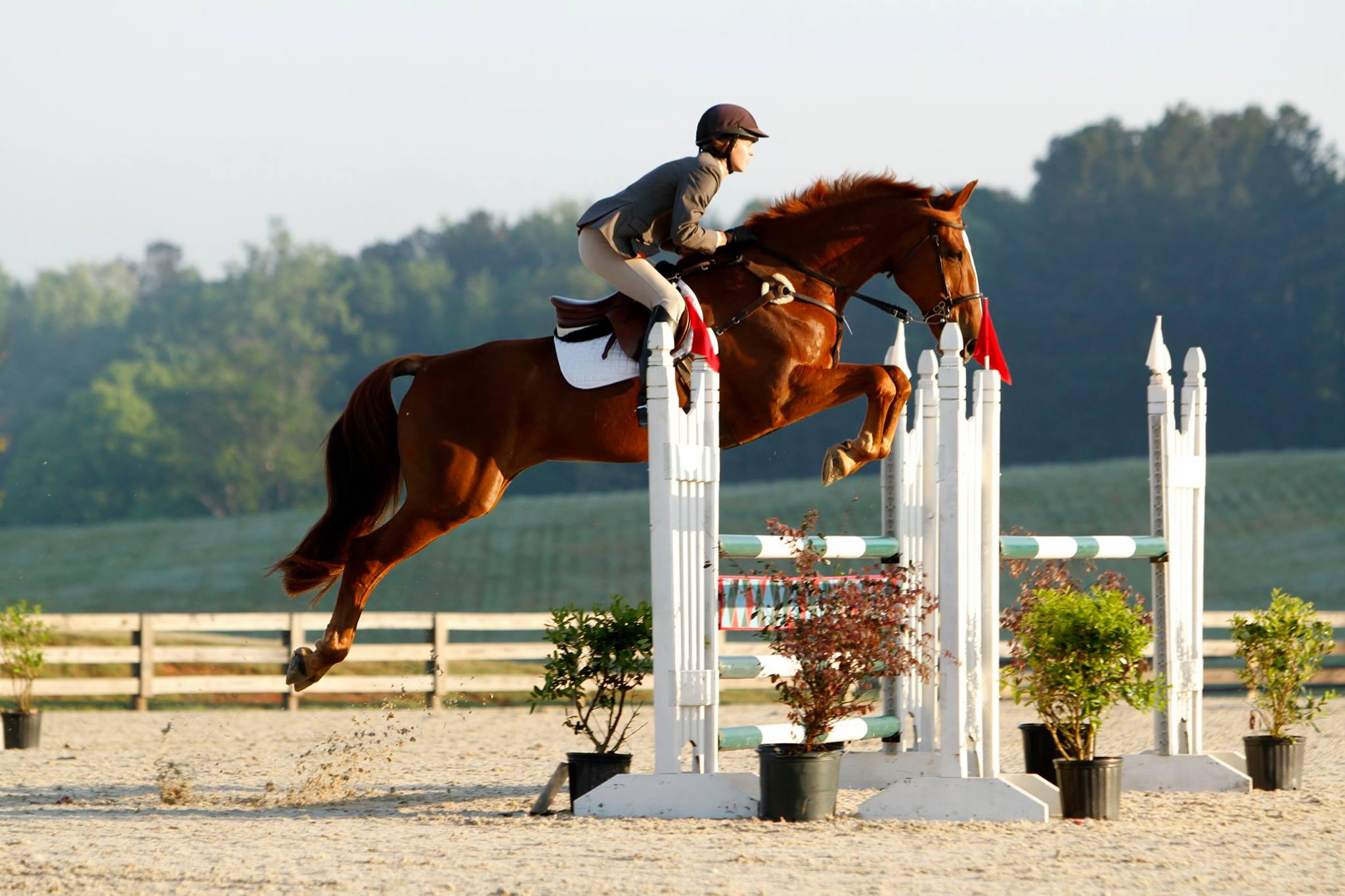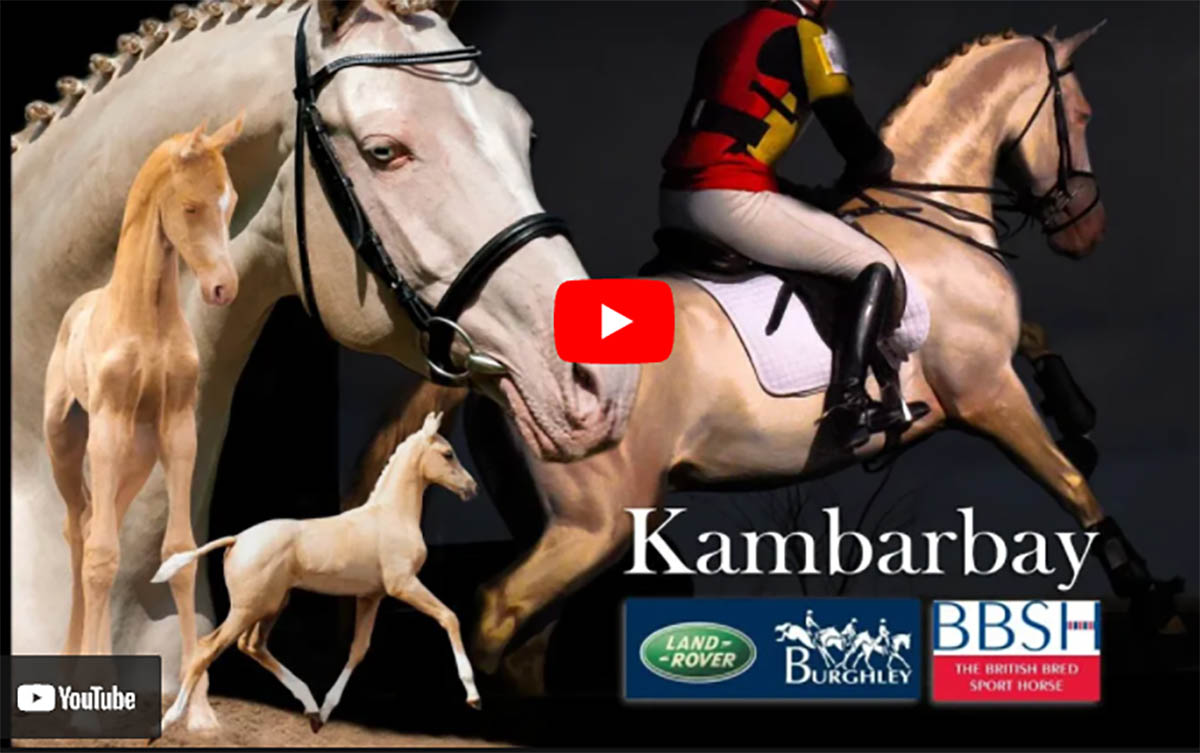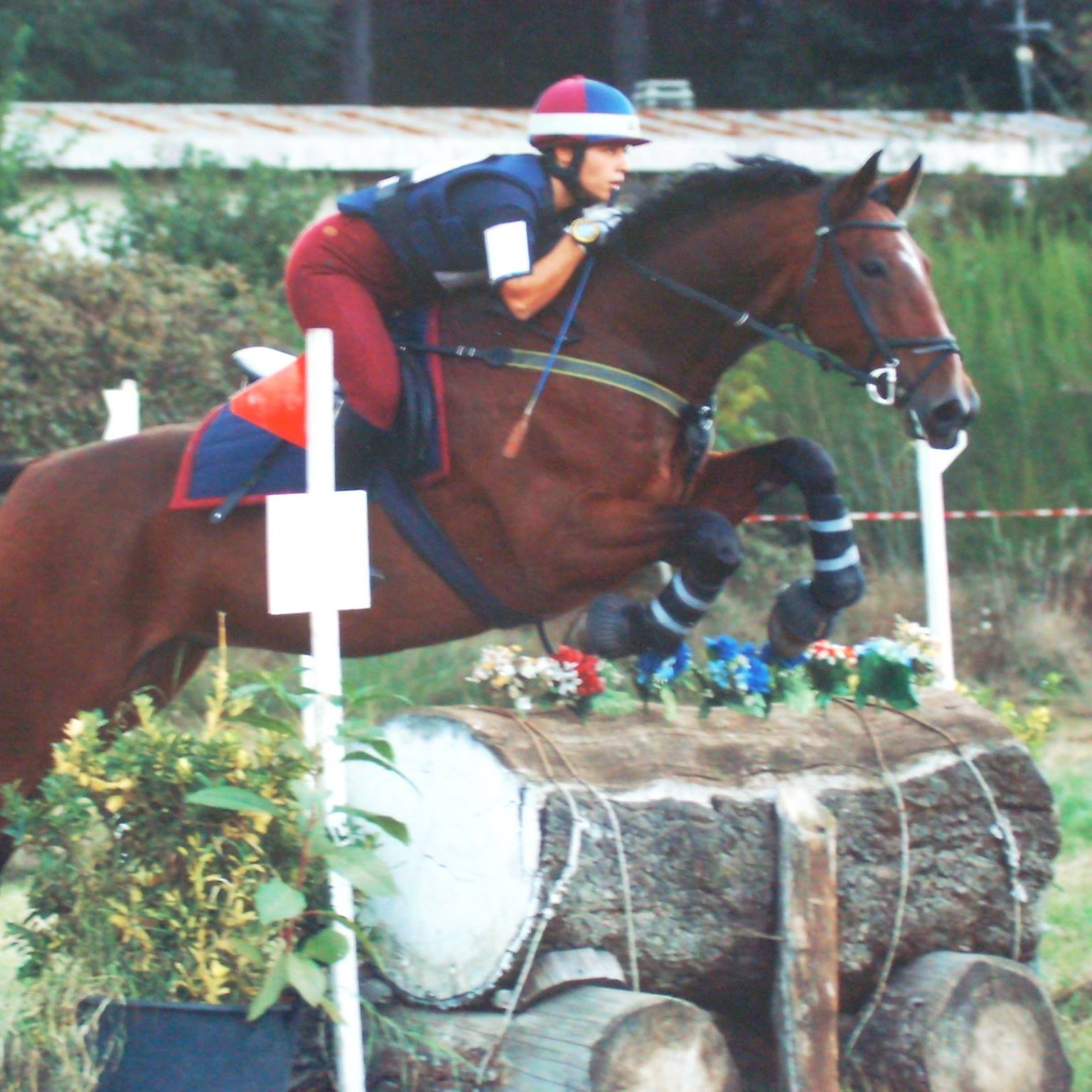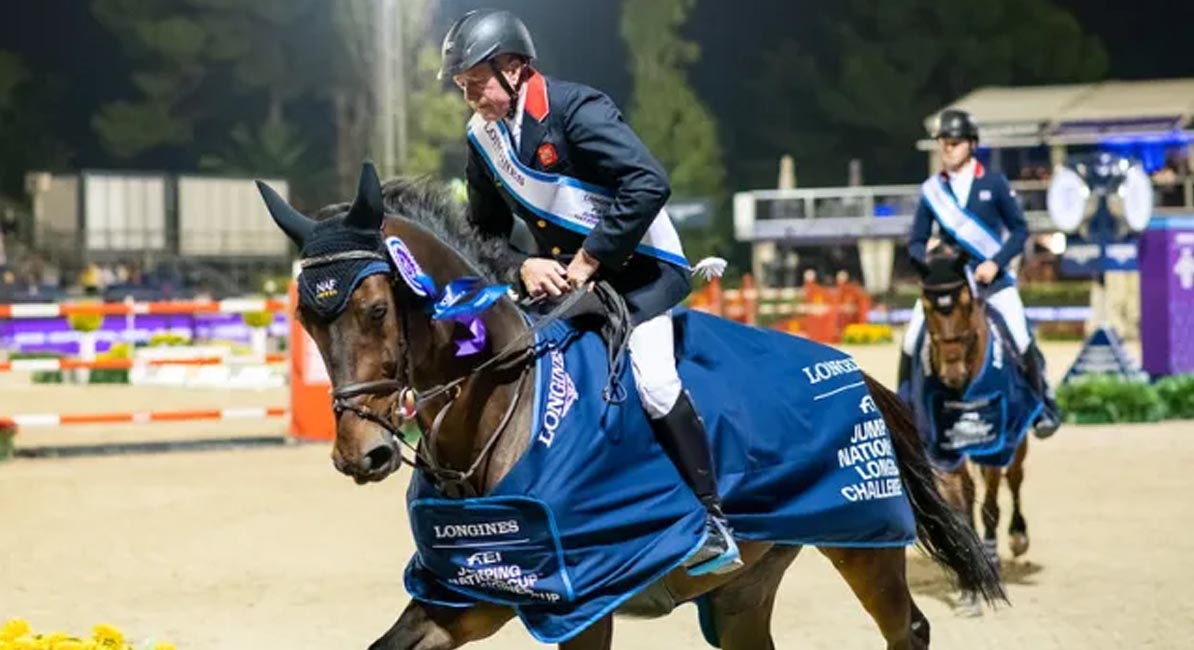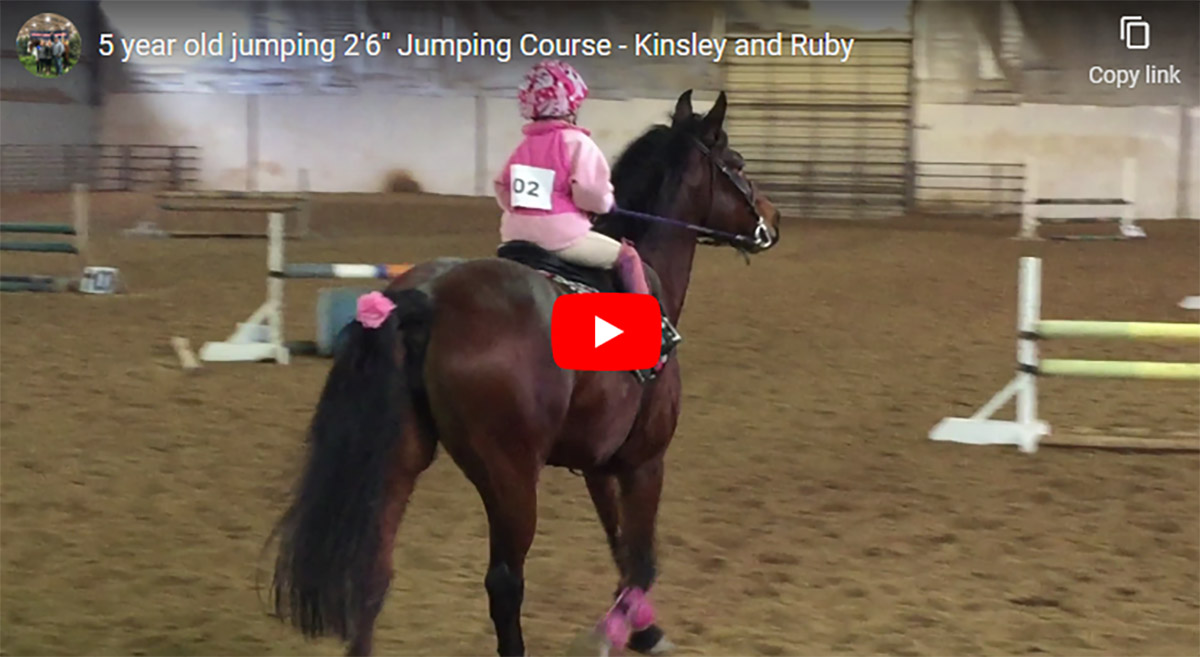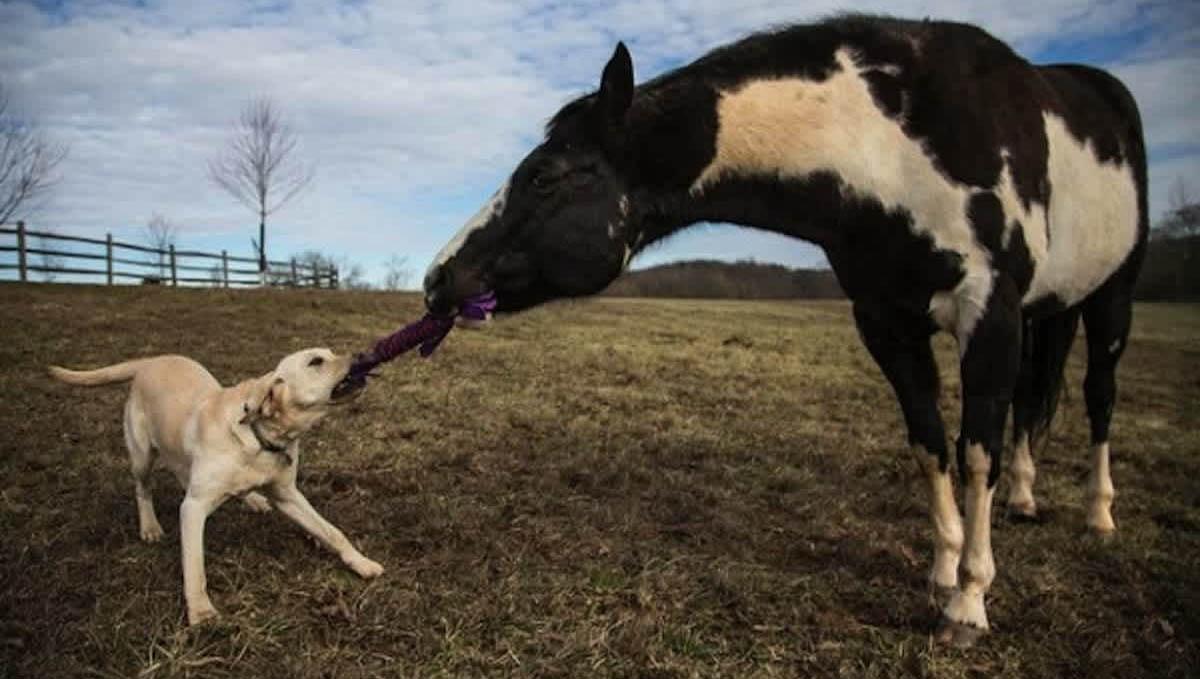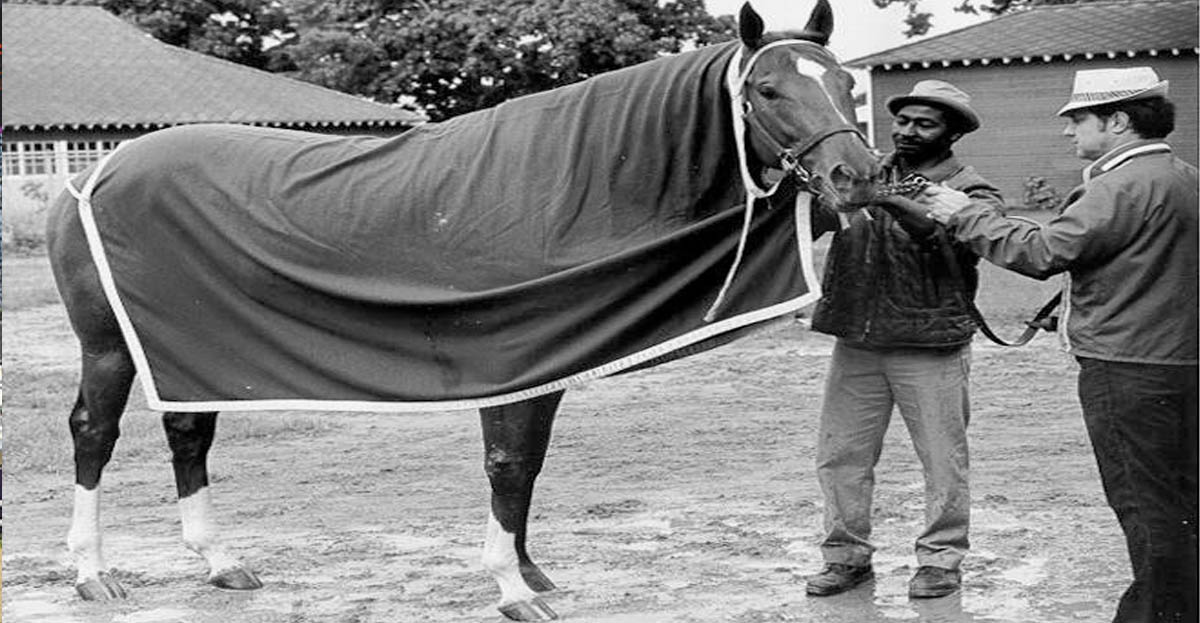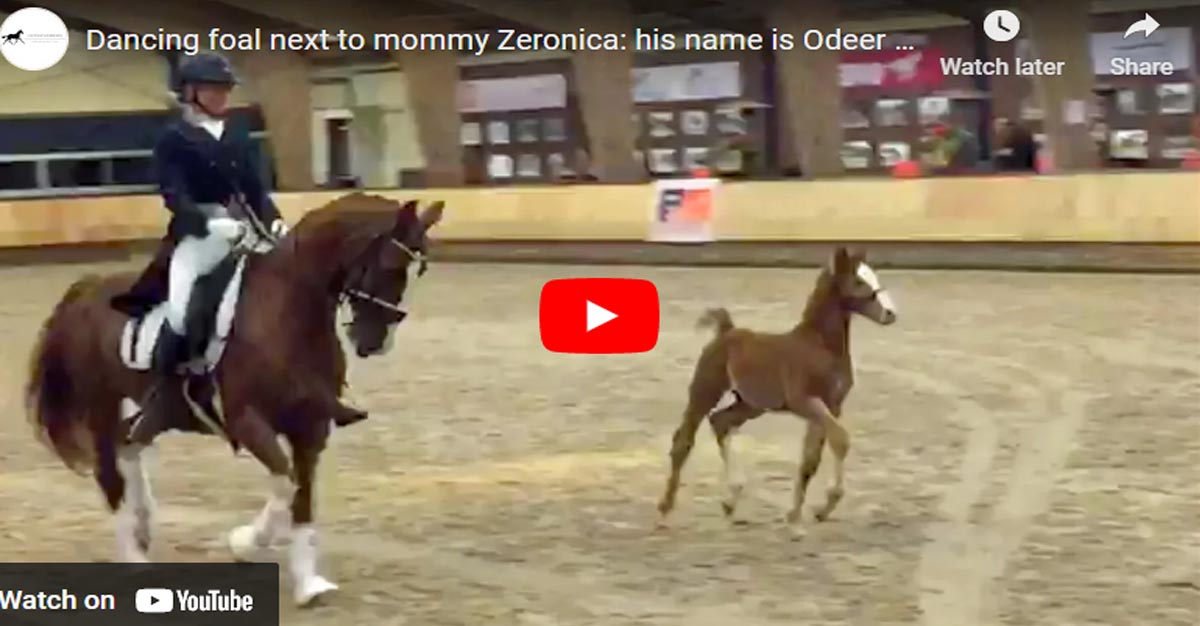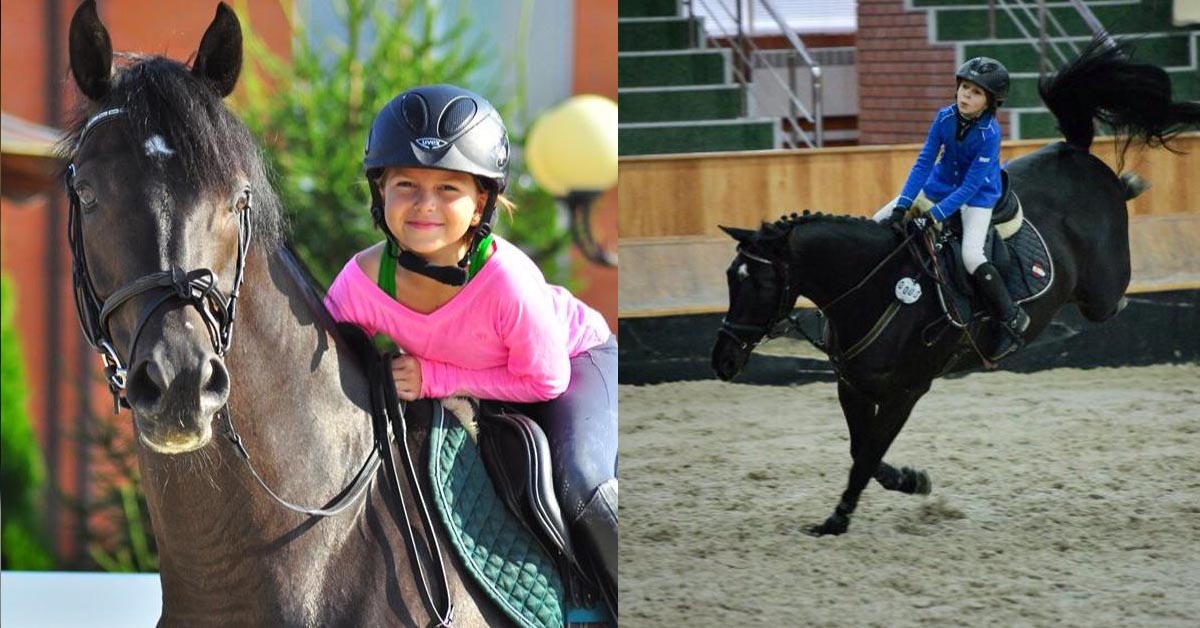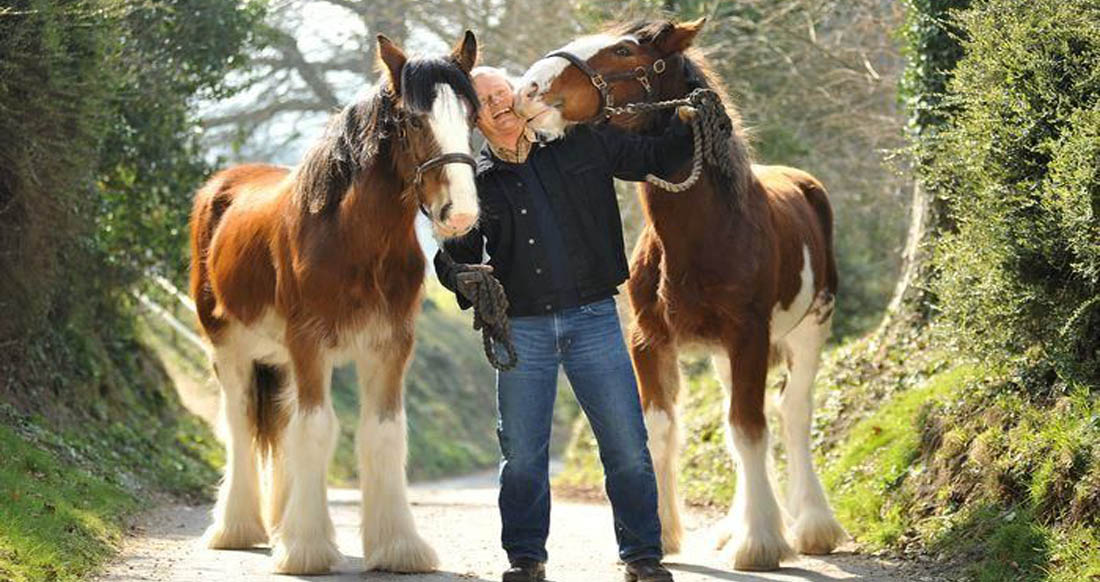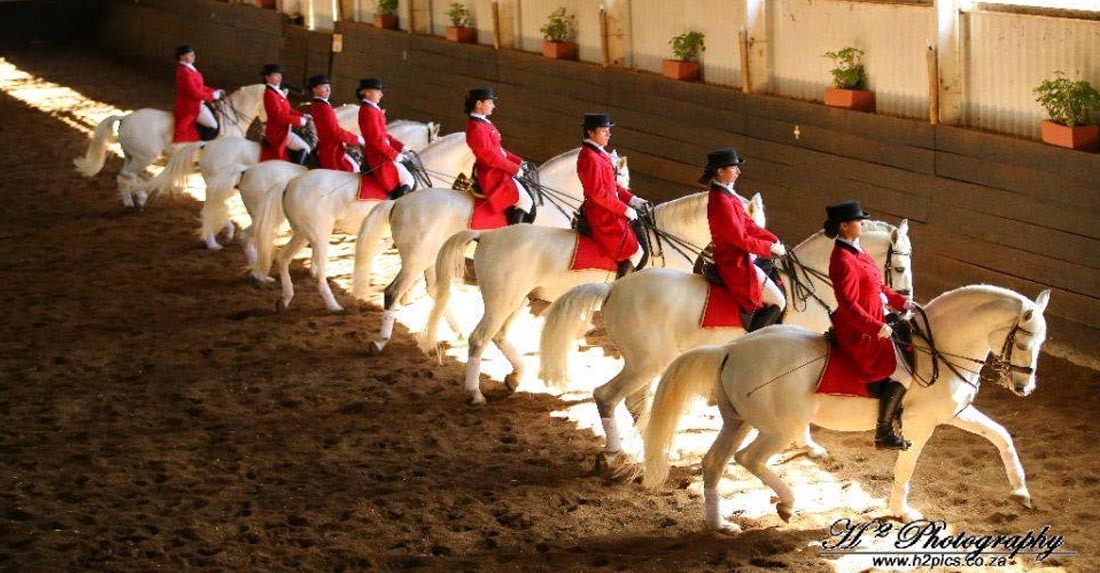What is the difference between a Pure Spanish Horse and a Lusitano?
The short story is that before 1966 stud books were shared between Portugal and Spain and most of the Lusitano lines today are heavy with Spanish influence. After the stud books split the Spanish no longer allowed Portuguese horses into their stud book. Genetic tests have been done looking for common markers which has proven they are the same genetic animal. Differences in phenotype have developed from the use of the horses. For a period some Spanish bred a very high stepping, `prettier` animal to ride in ferias and put in front of carriages. Not all breeders followed this trend however, like the Military stud. The Portuguese tended to always bred for function in the bull ring with the hotter temper that required.
The written standard for both horses is almost identical.
In the United States the name Andalusian has stuck even though in Spain they are now called Pura Raza Espanola (PRE). In Portugal the Puro Sangue Lusitano is the proper name (PSL). In the US, combining the lines of the PRE and PSL in accepted as it was in past. In fact the combination very often gives a very exciting combination. The best features and weaknesses of both the PRE and PSL are different so the combination can make the best of both worlds.
At Tintagel I have Pure Spanish Horses through no other reason than those were the horses I picked based on performance capability as I was growing my herd which was well before many quality Lusitanos were available in this country.
A good Iberian horse is a good Iberian horse no matter what country is stamped on its papers. Pick the one that appeals to you the most!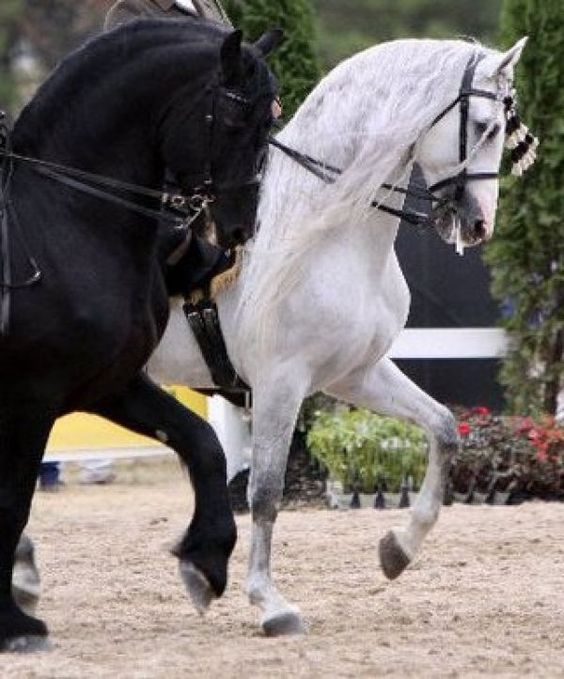
Most people shopping for an Andalusian end up realizing that a young horse is the way go and end up really enjoying the bond and connection they can have by the time the horse is old enough to train. If you see the horse of your dreams but he`s just a year or two younger than you would like, I suggest snapping him up. He won`t be around later on for sale!
The progressive training at Tintagel goes as follows: foals are often shown in hand and get positive early show experience. As yearlings they are usually left out I the field to grow and get past the gawky stage. At age two a bit can be introduced just for them to wear as the permanent molars start coming in at three and four and that`s an even worse time to introduce something into an already painful mouth. At three depending on the muscling and mental readiness of the horse they can do some light driving or get used to the weight of a very light rider. Late in the summer of the three year old year some get broke just to walk under a rider and learn stop start and steer. They maybe spend three weeks learning this and going out walking on a gentle trail. Then they are put back out to pasture to be brought back to work in the spring of their four year old year. I find they are so much more ready to really start some work both mentally and physically. Even then work is kept on the lighter side, whatever the horse seems to take in good stride with relaxed mind and body. Every year until the horse is eight you will see huge changes in musculature and maturity.
For these reasons we do not actively train others to teach their horses. Tricks can be a very fun way to bond and learn with your horse. However just doing tricks to impress friends without regard for the horses well being is unacceptable here.
Certain students have been allowed to learn training techniques when they have proven themselves as understanding when and why a certain trick may help the horse and not hurt it.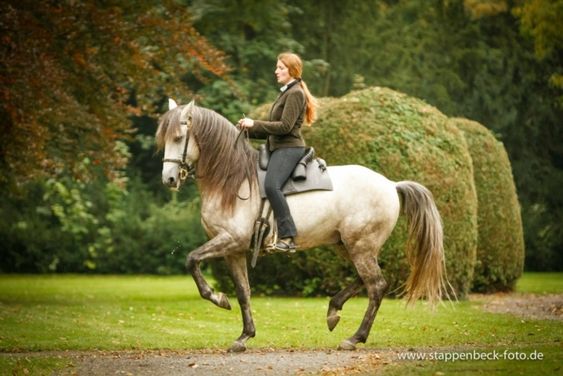
When the sabino pattern is minimally expressed, the horse usually has four white socks and a blaze; you can tell they are not the usual white marks because of the ragged edge or narrow and long extension up the leg. Some sabinos will also have odd white patches on the knee or hock, removed from the main portion of the sock or stocking. A few sabinos do have a dark foot or two, although most have four white feet. Minimally marked sabinos are easily confused with truly nonspotted horses.
When the sabino pattern is in the middle range of expression, they are fairly distinctive and are usually difficult to confuse with other patterns. Most have white extending from the belly and have roan and flecked areas in addition to white areas. Some will be nearly entirely roan without white patches. These could be confused with the true roan horses, although the facial and leg white usually gives these away and they do not have dark heads typical of true roans.
The next stage of expression is patched but not roaned. These can be confused with frame overos especially if they have at least one dark foot. Most patched sabinos have smaller, more ragged patches than typical frame overos.
The whitest of sabinos are almost all white and may retain color only on the ears while others are all white. Most sabinos that are largely white are very speckled and roaned and can be confused with Appaloosas.
The sabino has not been associated with the lethal white foals that frame overos can have.The Clydesdales are the most obvious example of the sabino color pattern in a breed.
This pattern for color was popular in royal courts for their Spanish horses in the 17th century bred extensively by King Philip the IV. Since then the Spanish have traditionally only likes white or dark horses, black or bay with no or minimal white. The color was buried under generations of grey. As seen by our own Augusta, it can crop up, although is considered extremely rare. One color expert, when looking at Augusta picture, declared her the equivalent of winning the lottery.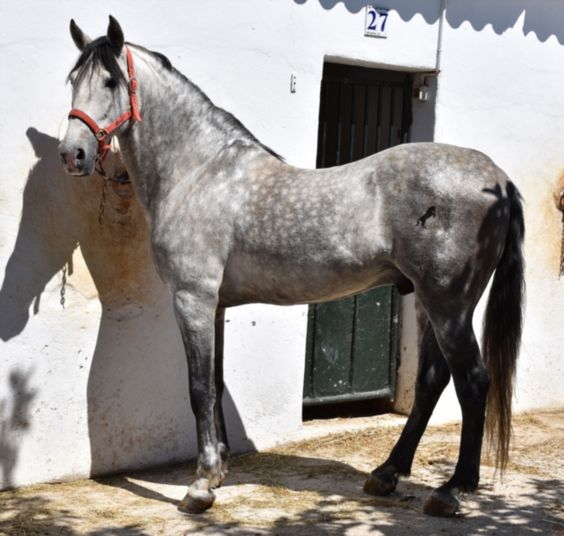
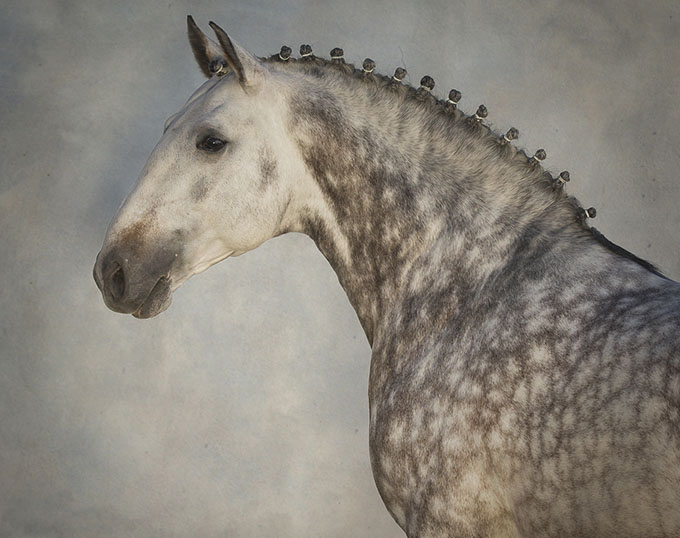
The written standard for both horses is almost identical.
In the United States the name Andalusian has stuck even though in Spain they are now called Pura Raza Espanola (PRE). In Portugal the Puro Sangue Lusitano is the proper name (PSL). In the US, combining the lines of the PRE and PSL in accepted as it was in past. In fact the combination very often gives a very exciting combination. The best features and weaknesses of both the PRE and PSL are different so the combination can make the best of both worlds.
At Tintagel I have Pure Spanish Horses through no other reason than those were the horses I picked based on performance capability as I was growing my herd which was well before many quality Lusitanos were available in this country.
A good Iberian horse is a good Iberian horse no matter what country is stamped on its papers. Pick the one that appeals to you the most!

Why is it so hard to find an Andalusian under saddle?
As of 2004 there are approximately 7000 Andalusians in the United States. There simply aren`t enough horses in the country to have a plentiful supply of riding age horses. The prices for any older trained horses reflect this and make them out of reach for many buyers. Countries with huge farms and breeder friendly weather year round make it easier and more economical for them to keep horses around until they are saddle age. Then you have to consider the cost of importation and perhaps not knowing the full history and how that horse was raised and treated.Most people shopping for an Andalusian end up realizing that a young horse is the way go and end up really enjoying the bond and connection they can have by the time the horse is old enough to train. If you see the horse of your dreams but he`s just a year or two younger than you would like, I suggest snapping him up. He won`t be around later on for sale!
How old does an Andalusian need to be before you can begin riding it?
We recommend NO horse be worked heavily before age four. The knees are not the last joint to close as is often thought. Joints close from the ground up so the knees are fairly early to close before the stifles and before the rest of the vertebral column joints. Any heavy work before these close can cause future problems and strain on the young animal.The progressive training at Tintagel goes as follows: foals are often shown in hand and get positive early show experience. As yearlings they are usually left out I the field to grow and get past the gawky stage. At age two a bit can be introduced just for them to wear as the permanent molars start coming in at three and four and that`s an even worse time to introduce something into an already painful mouth. At three depending on the muscling and mental readiness of the horse they can do some light driving or get used to the weight of a very light rider. Late in the summer of the three year old year some get broke just to walk under a rider and learn stop start and steer. They maybe spend three weeks learning this and going out walking on a gentle trail. Then they are put back out to pasture to be brought back to work in the spring of their four year old year. I find they are so much more ready to really start some work both mentally and physically. Even then work is kept on the lighter side, whatever the horse seems to take in good stride with relaxed mind and body. Every year until the horse is eight you will see huge changes in musculature and maturity.
How DO they mature?
Andalusians will continue to grow height wise until almost five years old and will continue filling out until eight. They very often go through what can be modestly described as an ugly phase. Some fill out sooner and develop a wide chest early on; others don`t fully bloom until in work. Steady work can make an Andalusians double the size of their neck and loin. I am making a pictorial study of my own Uther so others can watch him bloom from the severely ugly duckling he was into the super star he is now. Talk about an ugly youngster……I love all the tricks; can I learn to train my horse tricks?
The horses that are trick trained at Tintagel are done so with more than just the finished trick in mind. Tricks can be very powerful physical exercises and aid in rehabilitation. At the same time there are some tricks that should never be done with certain horses depending on their physical limitations. Some tricks can end up being dangerous if they are not taught and kept practiced with care, for instance rearing. It is very easy for a trick to become a bad habit and even cause soreness in the animal.For these reasons we do not actively train others to teach their horses. Tricks can be a very fun way to bond and learn with your horse. However just doing tricks to impress friends without regard for the horses well being is unacceptable here.
Certain students have been allowed to learn training techniques when they have proven themselves as understanding when and why a certain trick may help the horse and not hurt it.

What is the sabino pinto pattern?
Sabino (pronounced: sah bee` no), is a color pattern. It is often characterized by four white feet and legs where the stockings often extend up the legs in ragged formation; belly patches that extend to the body; a wide blaze; and body roaning.When the sabino pattern is minimally expressed, the horse usually has four white socks and a blaze; you can tell they are not the usual white marks because of the ragged edge or narrow and long extension up the leg. Some sabinos will also have odd white patches on the knee or hock, removed from the main portion of the sock or stocking. A few sabinos do have a dark foot or two, although most have four white feet. Minimally marked sabinos are easily confused with truly nonspotted horses.
When the sabino pattern is in the middle range of expression, they are fairly distinctive and are usually difficult to confuse with other patterns. Most have white extending from the belly and have roan and flecked areas in addition to white areas. Some will be nearly entirely roan without white patches. These could be confused with the true roan horses, although the facial and leg white usually gives these away and they do not have dark heads typical of true roans.
The next stage of expression is patched but not roaned. These can be confused with frame overos especially if they have at least one dark foot. Most patched sabinos have smaller, more ragged patches than typical frame overos.
The whitest of sabinos are almost all white and may retain color only on the ears while others are all white. Most sabinos that are largely white are very speckled and roaned and can be confused with Appaloosas.
The sabino has not been associated with the lethal white foals that frame overos can have.The Clydesdales are the most obvious example of the sabino color pattern in a breed.
This pattern for color was popular in royal courts for their Spanish horses in the 17th century bred extensively by King Philip the IV. Since then the Spanish have traditionally only likes white or dark horses, black or bay with no or minimal white. The color was buried under generations of grey. As seen by our own Augusta, it can crop up, although is considered extremely rare. One color expert, when looking at Augusta picture, declared her the equivalent of winning the lottery.




